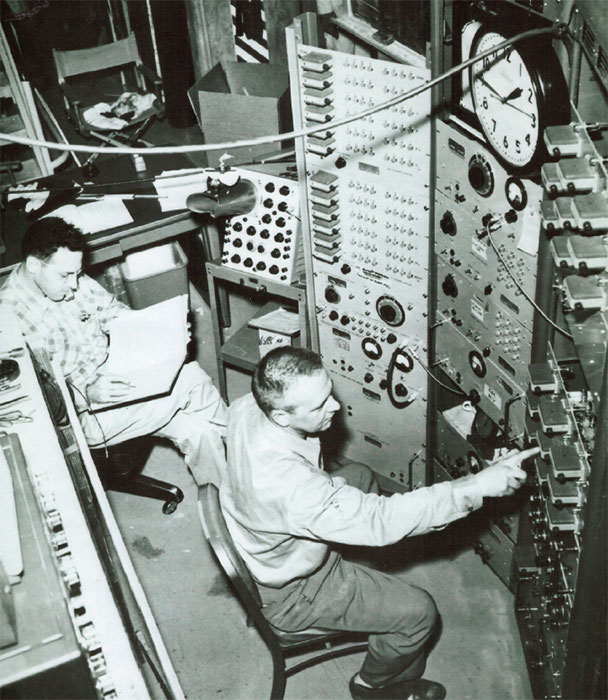Christine Sutton describes the pioneering 1956 experiment that proved the existence of the neutrino, and how subsequent particle-beam experiments at CERN and elsewhere contributed to unearthing a further two neutrino types.
In July 1956, in a brief paper published in Science, a small team based at the Los Alamos National Laboratory in the US presented results from an experiment at a new, powerful fission reactor at the Savannah River Plant, in South Carolina. The work, they wrote, "verifies the neutrino hypothesis suggested by Pauli". Clyde Cowan, Fred Reines, Kiko Harrison, Herald Kruse and Austin McGuire had demonstrated for the first time that it was possible to detect neutrinos, setting in motion the new field of neutrino physics. The key ingredients were an intense source and a big detector, with more than a touch of ingenuity and patience.
More than two decades previously, in 1930, Wolfgang Pauli had proposed that the "energy crisis" in nuclear beta decay – presented by the continuous energy spectrum of the emitted electron – would be solved if the decaying nucleus also emitted a second, undetected particle. This would allow the energy released to be shared between three objects, including the recoiling nucleus, and so yield electrons with a range of energies, just as observed. The new particle had to be neutral and have a relatively small mass. Pauli called his proposal "a desperate remedy", in part because he thought that if such a particle did indeed exist, then it "would probably have long ago been seen".
Read the rest of the article here
This article was originally published in the July/August 2016 issue of the CERN Courier.

